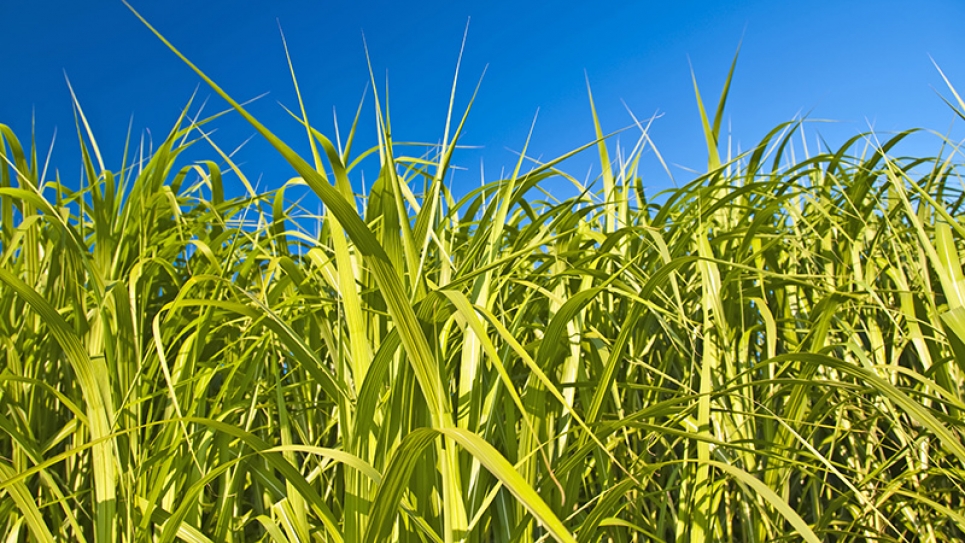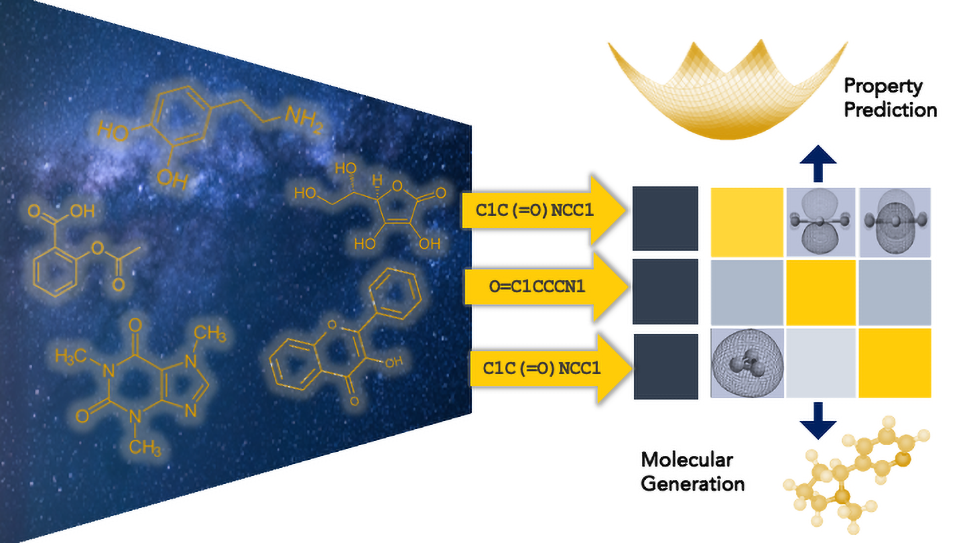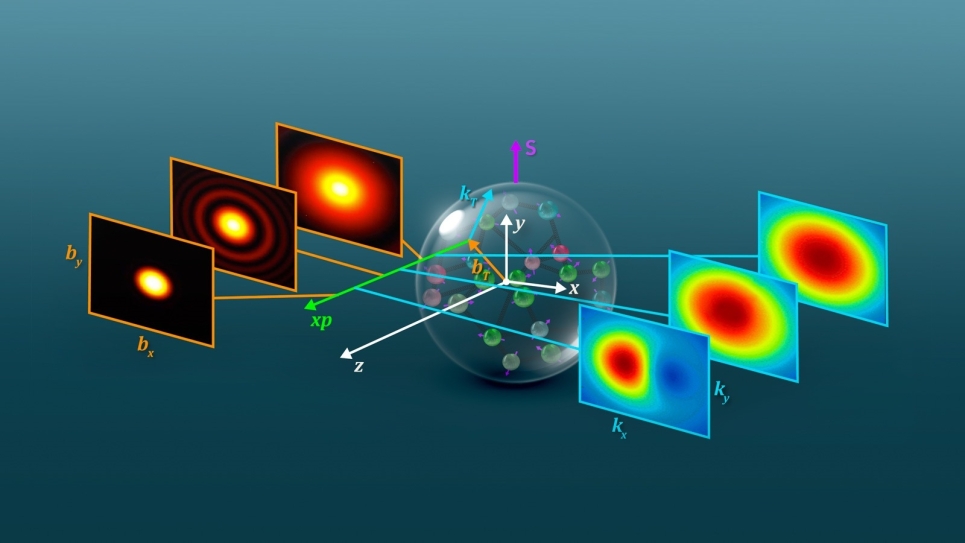
Taking Cues from Nature to Develop Better Biofuel Catalysts
Scientists working at the Argonne Leadership Computing Facility (ALCF) are looking to nature’s catalysts, enzymes, for inspiration in their quest to find a more effective means of converting biomass into renewable fuel.
The research is aimed at inedible plant materials that contain cellulose (such as wood chips and switchgrass), which can be broken down into sugars and then converted into biofuels. It is a challenging process to commercialize because plant cell walls are tough and recalcitrant, meaning they naturally resist being broken down into sugars. This obstacle has made it difficult to produce biofuels at a cost and pace that can compete with petroleum-based transportation fuels.
To address this issue, the research team from the National Renewable Energy Laboratory (NREL) in Colorado is using Mira, the ALCF’s 10-petaflops supercomputer, to conduct large-scale simulations of the physical behavior of cellulase enzymes. Naturally produced by some fungi and bacteria, these particular enzymes are being modeled because they effectively trigger the chemical changes necessary to degrade hardy plant materials into life-sustaining sugars.
“Through our studies at the ALCF, we hope to uncover how these enzymes can be manipulated to develop superior biological catalysts for improved biofuel production,” said Michael Crowley, NREL senior scientist and project principal investigator.
Crowley and his colleagues are carrying out the simulations to gain a fundamental understanding of the complex cellulose-to-sugar conversion process, known as enzymatic hydrolysis. With this information, researchers will be able to identify potential enzyme modifications and then feed their discoveries into experiments aimed at developing and validating improved catalysts.
This work addresses a national goal to make biofuels a more prevalent and reliable option as an alternative transportation fuel. In fact, the U.S. Department of Energy (DOE) has stipulated that 30 percent of our nation’s gasoline demand be displaced by biofuels by 2030.
The project was awarded 70 million core-hours at the ALCF through DOE’s 2013 Innovative and Novel Computational Impact on Theory and Experiment (INCITE) program. The team is also conducting enzyme research on machines in the National Science Foundation's Extreme Science and Engineering Discovery Environment (XSEDE) program.
With access to high-performance computers, researchers are able to glean data, such as an enzyme’s binding free energy, that is difficult to obtain through conventional experimental approaches, helping to accelerate the process of screening and testing new enzymes.
“This can potentially reduce the time to solution from years to months,” Crowley said.
Already, the research team has begun development of a molecular-level theory of enzyme “processivity” (the ability to catalyze consecutive reactions) that relates directly to the structural features of enzymes. This work will provide accurate binding free energy values on various enzymes of importance to the biofuels industry, shedding light on a key parameter used to compare the function of enzymes.


